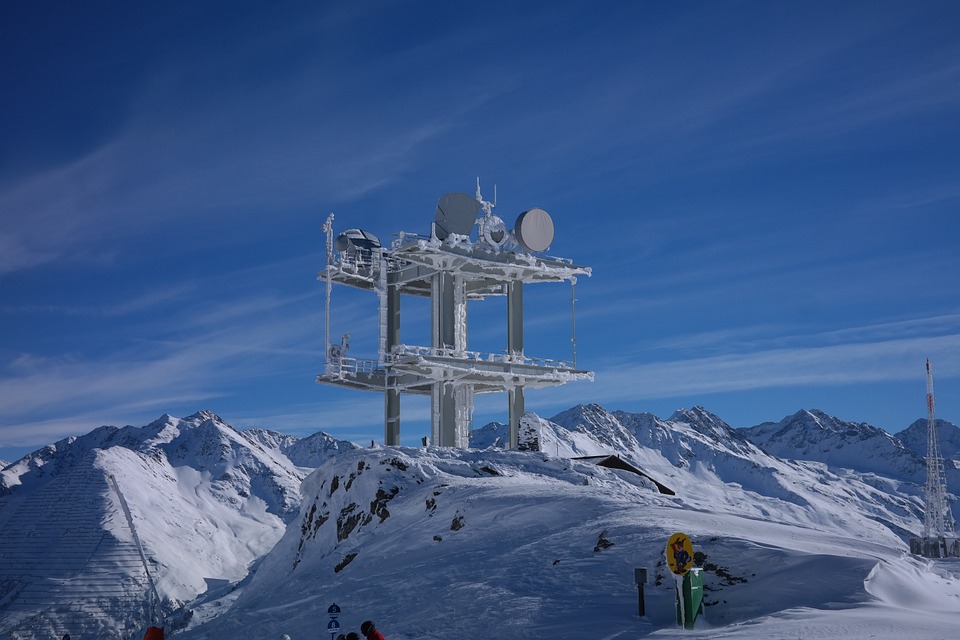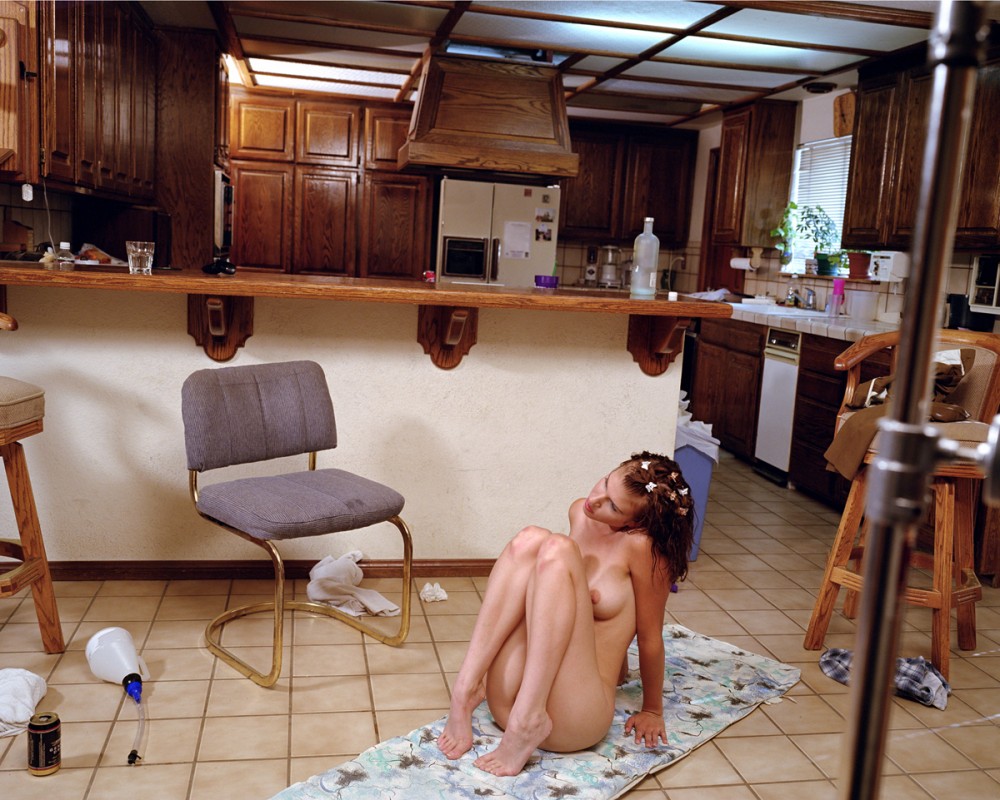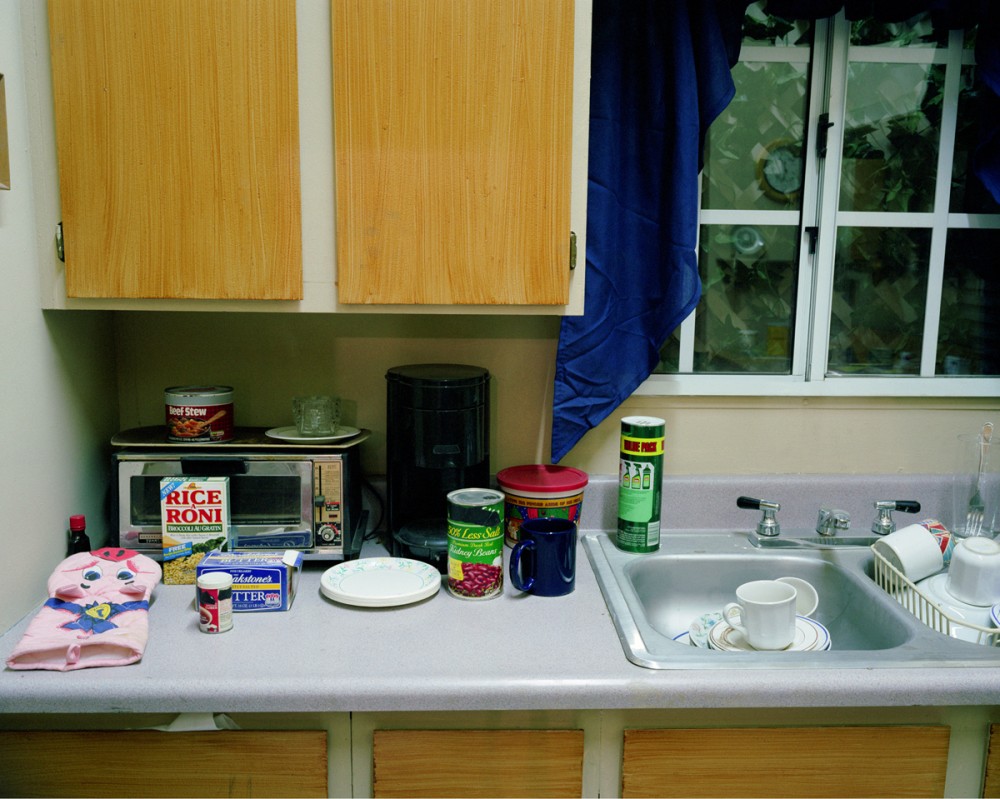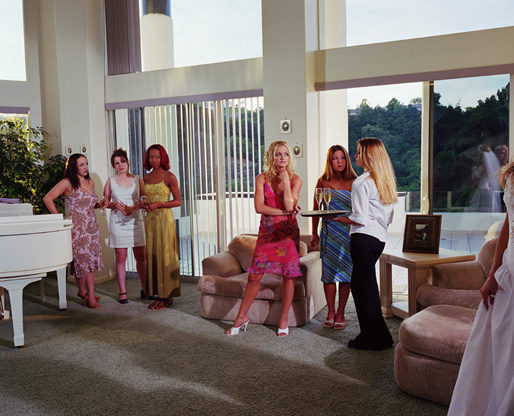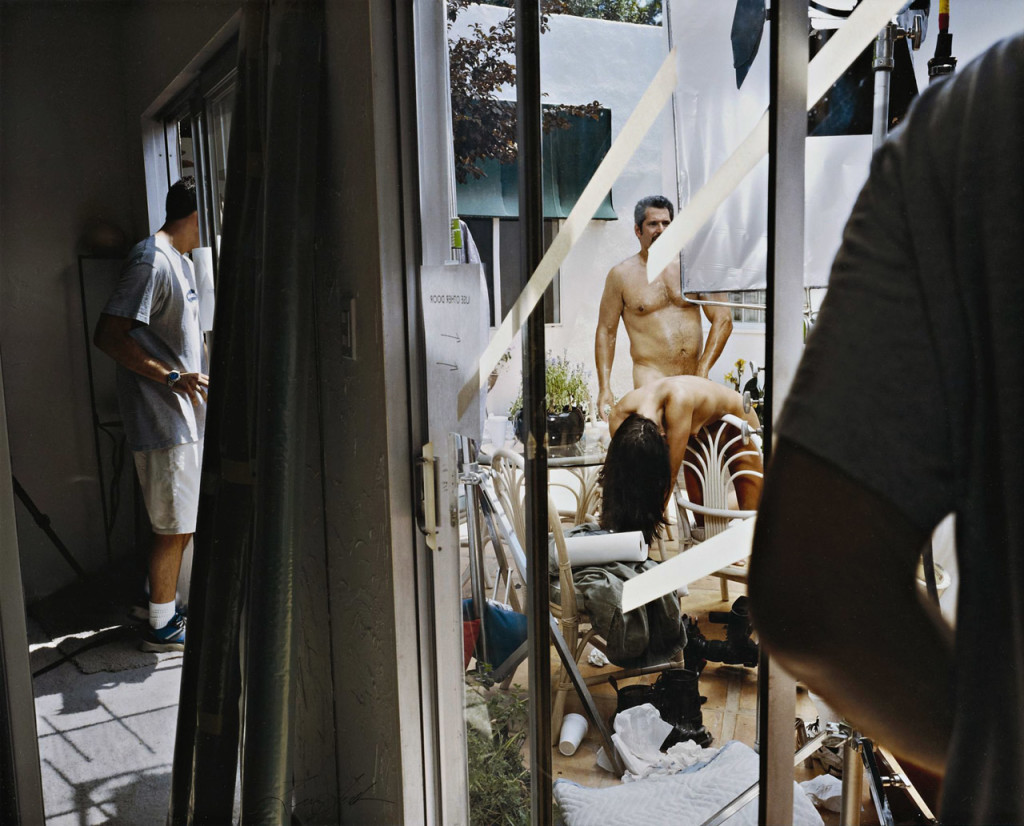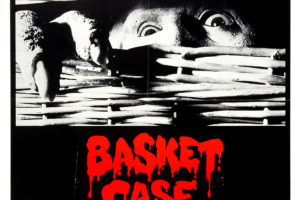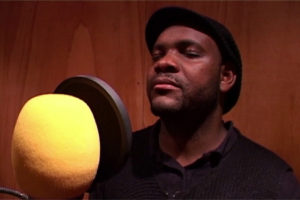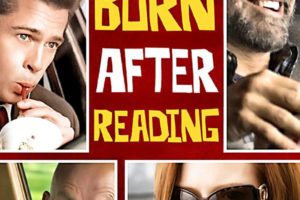In the Valley: Larry Sultan, the Porn Industry, and the Place Where He Grew Up
This review was published on Stretcher.org. A copy of the original can be found here, or this post can be cited as: Buckner, Clark. “In the Valley: Larry Sultan, Pornography, and the Place Where He Grew Up.” www.clarkbuckner.com. Web. Day, Month, Year the post was accessed.
Larry Sultan’s photography series, “The Valley,” first began with an assignment to chronicle a day in the life of a porn star, before then developing into a further installment in his on-going exploration of where he grew up. As identified by the title of the series, the photographs are about the place: the San Fernando Valley. One picture, “Encino,” sets the stage with a distance shot, taken from up the hill, of a residential home on a suburban street with a mini-van parked out front. But the valley isn’t only home to typical California suburbanites; it also houses America’s porn industry.
Sultan’s pictures present a documentary portrait of the industry, in which he steps back from the action to include the lights, cables and crews that frame it. Many pictures chronicle the bored hours spent by cast and crew members, just off set, waiting for their cue. Some capture porn stars in their curlers, or simply in sweats without make-up.
But the porn industry not only inhabits the Valley along with other residents. It also uses homes in the area as sets for its films. A picture of a sink full of dirty dishes and a kitchen counter covered with name-brand canned good is called “The Stage.” Another, titled “Topanga Skyline Drive,” shows a man standing naked in the kitchen looking contemplatively out the window. It could easily be an intimate, domestic scene, and is only interrupted by the heavy cable and camera bag in the corner. “Backyard, Laurel Canyon” presents a young couple in swimming suits and t-shirts sitting on a lawn chair talking. This could be their home; and, in some respects, it is. They too live in the valley.
This confusion between porn fantasies and domestic realities is further complicated by the erotics of the homes themselves. They are already outfitted with soft couches, living room sets, swimming pools and large screen TV’s. They are pleasure palaces that, when identified with the porn industry, reveal the theatrics and fantasies that inform their design. Sultan does not step back entirely from the action; in fact, at times, he stands so much in the midst of the action that inside and out are not clearly discernable. One picture, “Father,” presents a middle-aged man descending a staircase in a business suit. Is he a husband and father coming home after work, or does he just play one in a porn movie?
Rather than distancing himself from the illusions of the porn industry as might otherwise be suggested by his expansion of the frame to include the industries mundane realities, he also presents the intimacy between these illusions and the realities of everyday life. Through Sultan’s lense, the porn industry appears to stage something like the fulfillment of the American dream. While the sex is perhaps exaggerated – with three figures in masks on a canopy bed or four women hovered between the legs of a fifth – even the sex is not altogether unbelievable. Since the popular explosion of pornography after the invention of the VCR, and the development of so-called “amateur” pornography made possible by cheap digital recording technologies and disseminated through the internet, it is not hard to imagine that this kind of sport-fucking for the camera has become more commonplace. Even the silocone breasts might be real – i.e., really silicone.
To this extent, there may be some temptation to treat Sultan’s photographs as post-modernist demonstrations of the hyper-mediated, virtual, character of contemporary culture. In “Backyard, West Valley Studio,” a nude woman poses in the corner where a fence meets the wall of a house. Above the fence is a backdrop with neighboring houses painted on it. Another picture, “Mulholland Drive #3,” presents a group of six girls drinking champagne in cocktail dresses and begs the question: Is this the prelude to a porn scene or a bridal shower?
But Sultan does not thereby disavow the reality of these scenes. To the contrary, his photographs are psychologically compelling – albeit in subtle and complicated ways. Specifically when considered in relationship to his earlier series, “Pictures from Home,” in which he photographed his aging parents, the pictures betray the vantage of a child. While his focus is not necessarily or even particularly prurient – outside of the obvious fact that he is fascinated by these sets and what goes on there – Sultan often occupies the position of the peeper, looking in from outside like someone excluded. In “Skyblue Studio #1,” he peers into the living room from a dark hallway. Over the back of the well-lit sofa, only the forhead of a man can be seen. What is he doing (up at this hour)? Is he alone? In “Dog at night, Mission Hills,” Sultan presents a boxer locked out at night, peering longingly through sliding glass door at the brightly lit scene in the kitchen. The dog’s vantage is Sultan’s in this and many other pictures.
The most psychologically compelling images in fact are the ones that pull so far away from the action that they include no people. “Golden Stairway, Tarzana” shows only a door swung open to a brightly lit stairway, inviting the question: “what’s going on up there?” In “West Valley Studio #1,” Sultan presents text books and pens scattered on the carpet in front of a fireplace, along with two bottles of baby-oil. The scene seems to ask: “what happened here?” “The Valley” presents an exploration of the realities of the porn industry, not only in its banal technicality, but also in its psychological force. While revealing the pornography at work in the design of the modern suburban home, Sultan’s photographs also dissect the fascinations that fuel the porn industry – including not only the desire to see, but also the desire to know.
